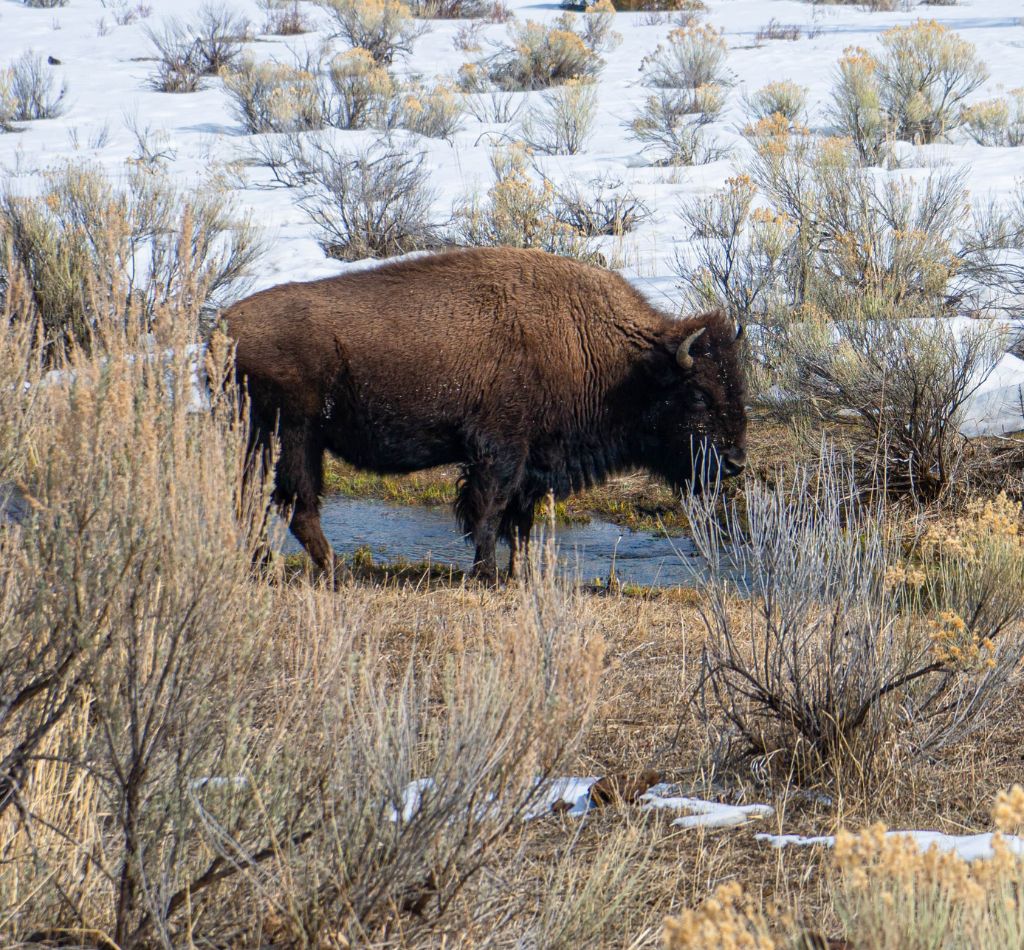
Unforgettable Yellowstone Wildlife Encounters
A Guide for Nature Lovers
Yellowstone National Park is a true gem of the American West, with its vast landscapes, geothermal features, and diverse wildlife. The park, which spans across Wyoming, Montana, and Idaho, is home to over 60 species of mammals, making it a wildlife enthusiast’s paradise.
In this guide, we’ll take a closer look at the best wildlife viewing spots in Yellowstone, highlight some of the most iconic animals you can encounter, and provide tips for spotting wildlife in the park. Whether you’re a seasoned nature lover or a first-time visitor, this guide will inspire you to explore Yellowstone’s amazing wildlife and create unforgettable memories.
If you’re a nature lover looking for an unforgettable adventure, Yellowstone National Park is a must-visit destination. Check out this comprehensive guide to touring Yellowstone for everything you need to know to make the most of your trip.
Overview of Yellowstone National Park
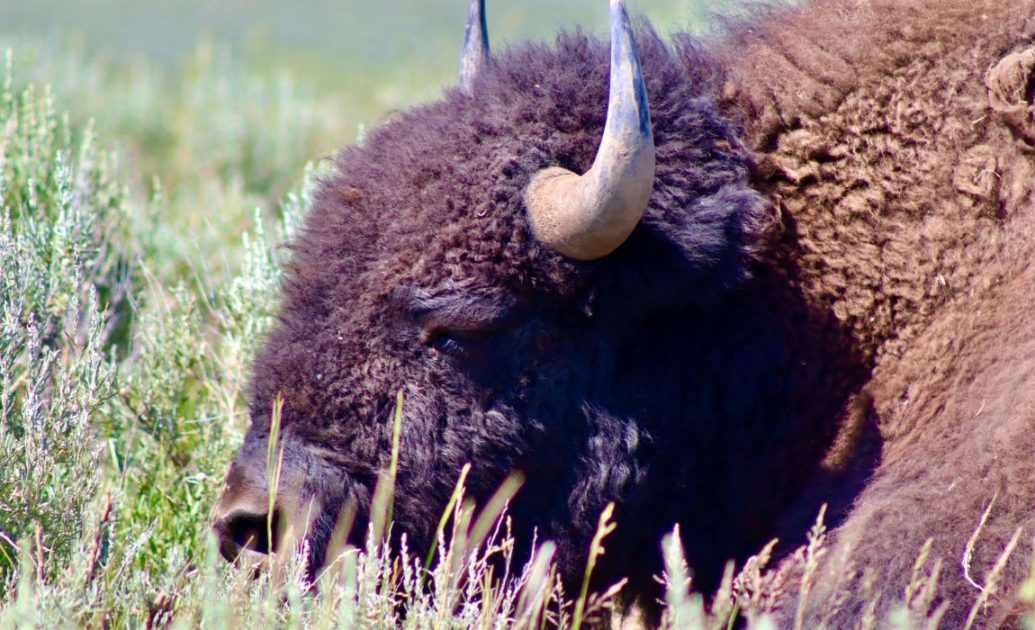
Yellowstone National Park is the oldest national park in the United States, established in 1872. It covers an area of 2.2 million acres and boasts a wide range of natural wonders, from geysers and hot springs to canyons and waterfalls. The park is mostly in Wyoming but extends into Montana and Idaho. It attracts millions of visitors each year who come to explore its unique landscapes and observe its wildlife.
Why Yellowstone is a wildlife enthusiast’s paradise
Yellowstone is one of the best places in the world to observe wildlife in its natural habitat. The park is home to various animals, including grizzly bears, wolves, bison, elk, moose, and many more. With its vast and diverse ecosystem, Yellowstone offers opportunities to witness incredible wildlife encounters and observe animals behaving as they would in the wild. For nature lovers and wildlife enthusiasts, there’s no better place to experience the beauty and power of nature.
Best Yellowstone Wildlife Viewing Spots
Yellowstone National Park is a vast wilderness area with many different habitats, so it’s important to know where to go to see the best wildlife. Here are some of the best wildlife viewing spots in the park:
Lamar Valley
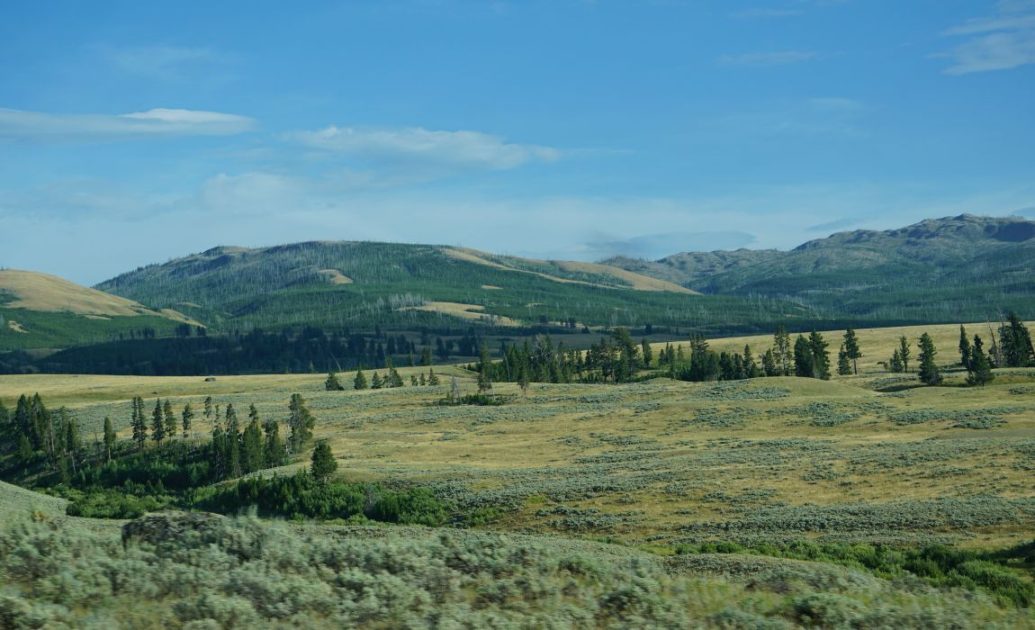
Known as the “Serengeti of North America,” Lamar Valley is one of the best places to spot wolves and other predators. Bison, elk, and bighorn sheep are also commonly seen here.
Hayden Valley
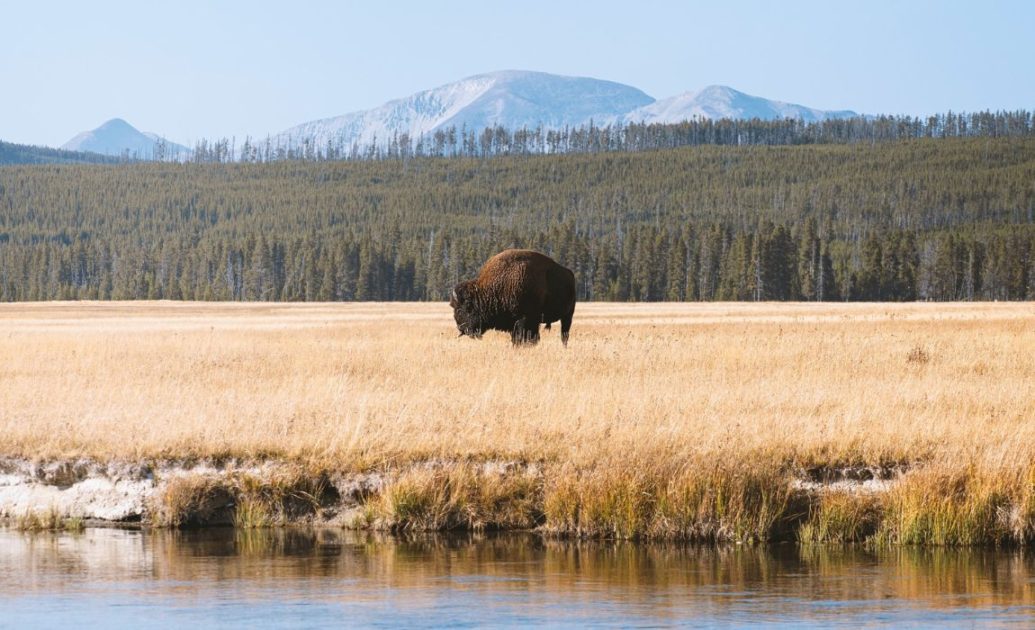
This expansive valley is great for seeing bison, elk, and other large mammals. It’s also home to the Yellowstone River, which attracts a variety of waterfowl.
Old Faithful Area
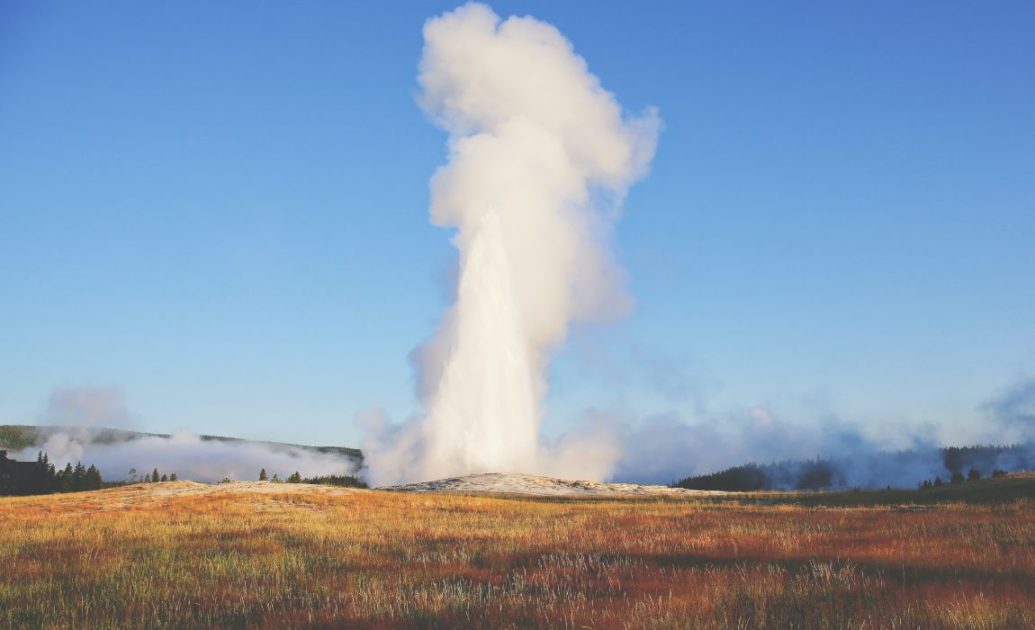
In addition to the famous geyser, the Old Faithful area is also an excellent spot for spotting bison and elk. The nearby Firehole River is also home to brown and rainbow trout.
Mammoth Hot Springs
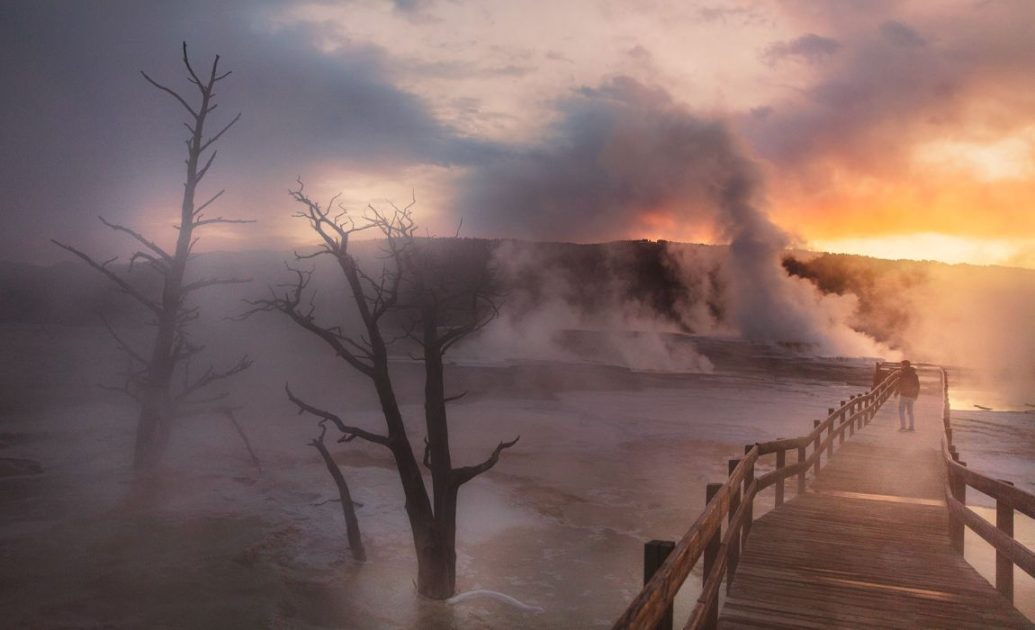
This area is known for its unique geothermal features, but it’s also an excellent place to see elk, bison, and bighorn sheep. The nearby Gardner River is a popular spot for fly fishing.
Grand Canyon of the Yellowstone
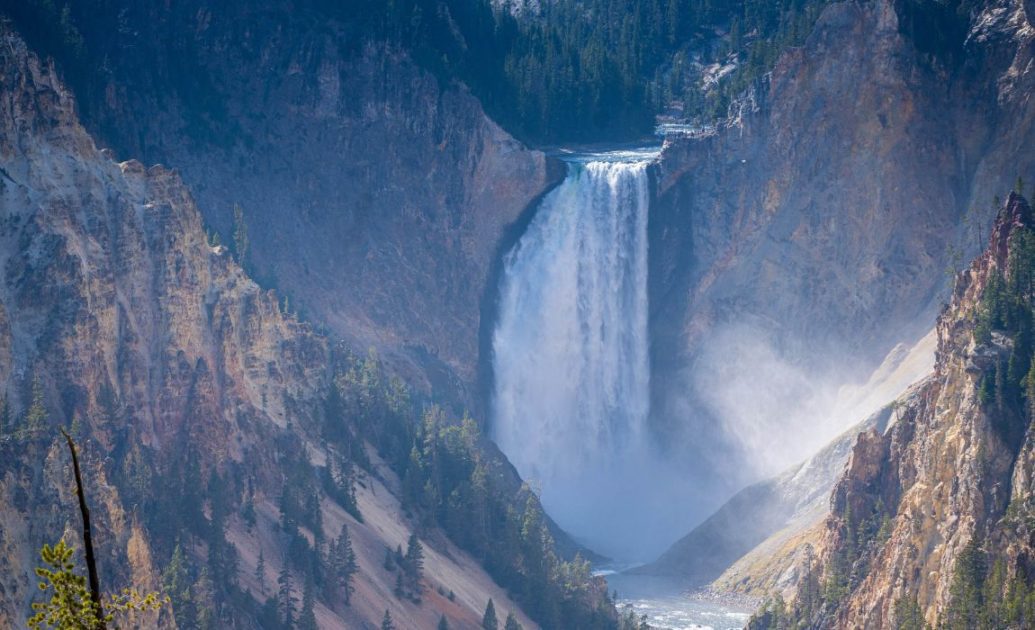
This stunning canyon offers breathtaking views of the Yellowstone River and is a great place to spot bison, elk, and even grizzly bears.
Yellowstone Wildlife Guide
Yellowstone National Park is home to diverse wildlife, ranging from small mammals to large predators. Here are some of the most iconic animals you can encounter in the park:
Bison
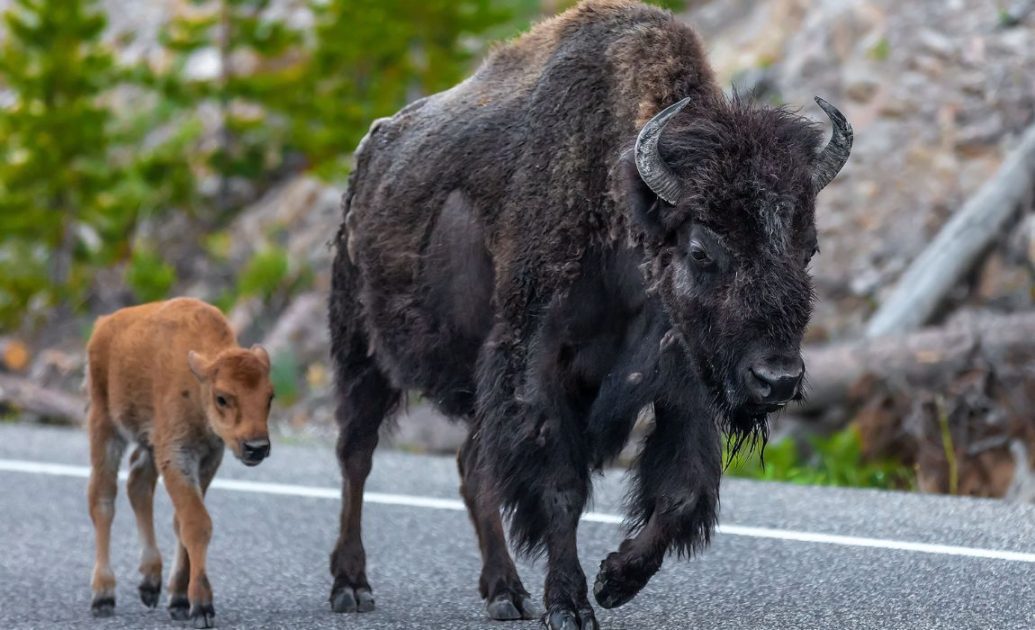
These massive animals are a symbol of the American West and can be seen throughout the park. Bison are well adapted to the harsh environment of Yellowstone, with their large heads and shaggy fur helping them to withstand the extreme cold of the winter months. They are most commonly seen in the Lamar and Hayden Valleys, where they graze on the park’s abundant grasses. Seeing a large bison herd moving across the landscape is truly breathtaking.
Bears
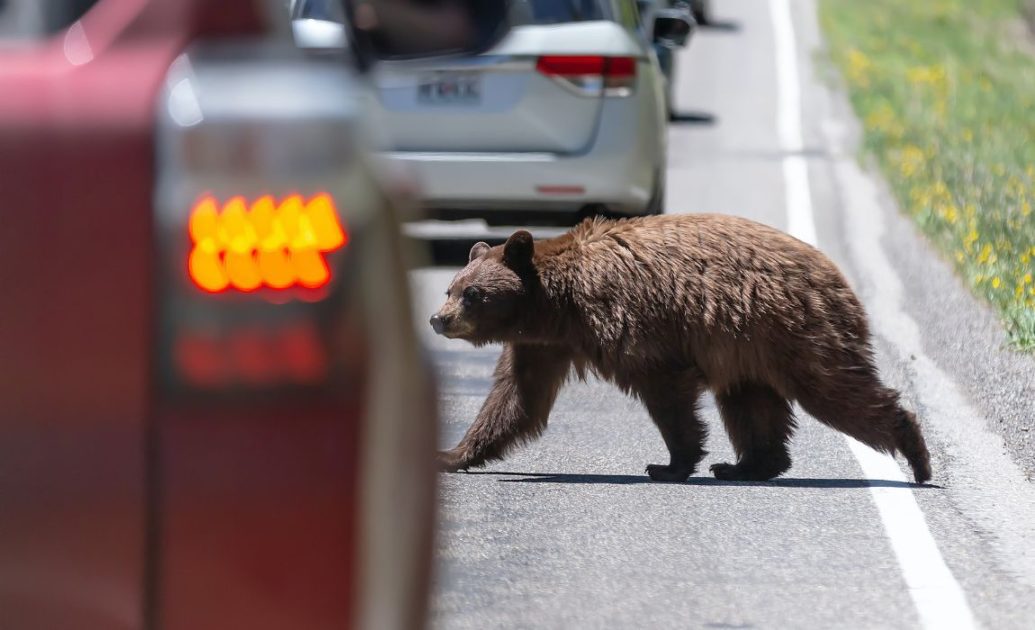
Bears are omnivores and feed on various foods, including berries, roots, insects, and small mammals. They are most active in the spring and fall when they are preparing for hibernation or coming out of hibernation. Seeing a bear in its natural habitat is an unforgettable experience, but it’s important to always observe them from a safe distance to avoid disturbing their natural behaviors.
Wolves
Wolves were reintroduced to Yellowstone in 1995, and the park now has several packs. These magnificent animals are known for their social behaviors and ability to take down large prey like elk and bison. They are most commonly seen in the Lamar and Hayden Valleys, especially in the early morning and late afternoon. Seeing a pack of wolves on the hunt or interacting with each other can be a once-in-a-lifetime experience.
Elk
These majestic animals are abundant in the park and can be seen in many areas, including the Mammoth Hot Springs area, the Lamar Valley, and the Grand Canyon of Yellowstone. Elk are most active during the fall when they engage in intense battles for mating rights with females. Seeing a male elk, or bull, with its massive antlers is an awe-inspiring sight.
Moose
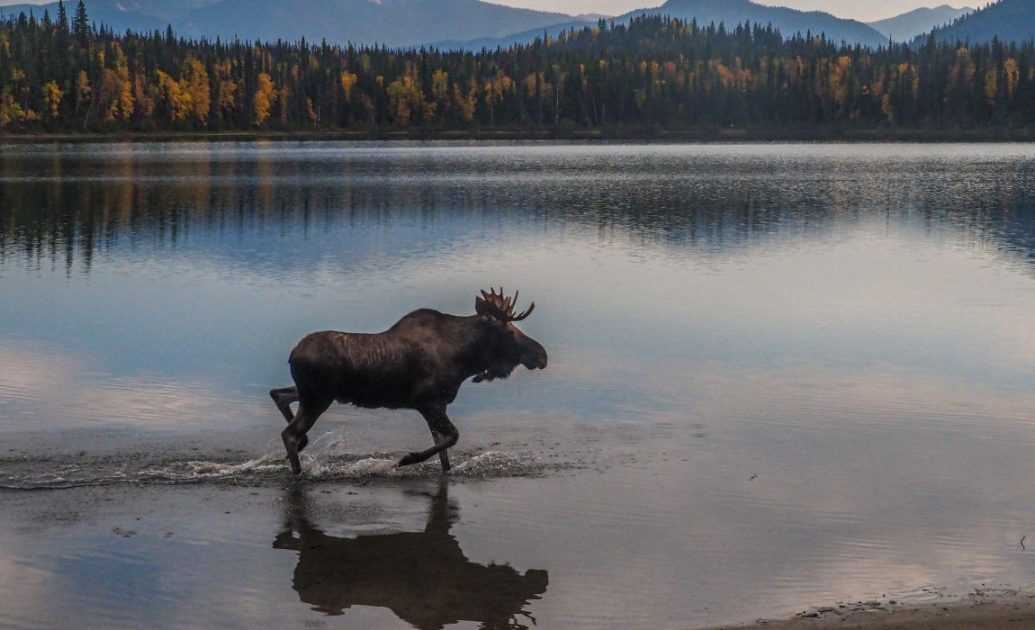
Moose are a common sight in the park’s wetlands and streams, and watching them move through the water can be a peaceful and mesmerizing experience. Moose are herbivores, and they feed on a variety of vegetation, including willow and aspen trees. They are most commonly seen in the northern part of the park, including the Lamar Valley and the Gardiner Basin.
Bighorn Sheep
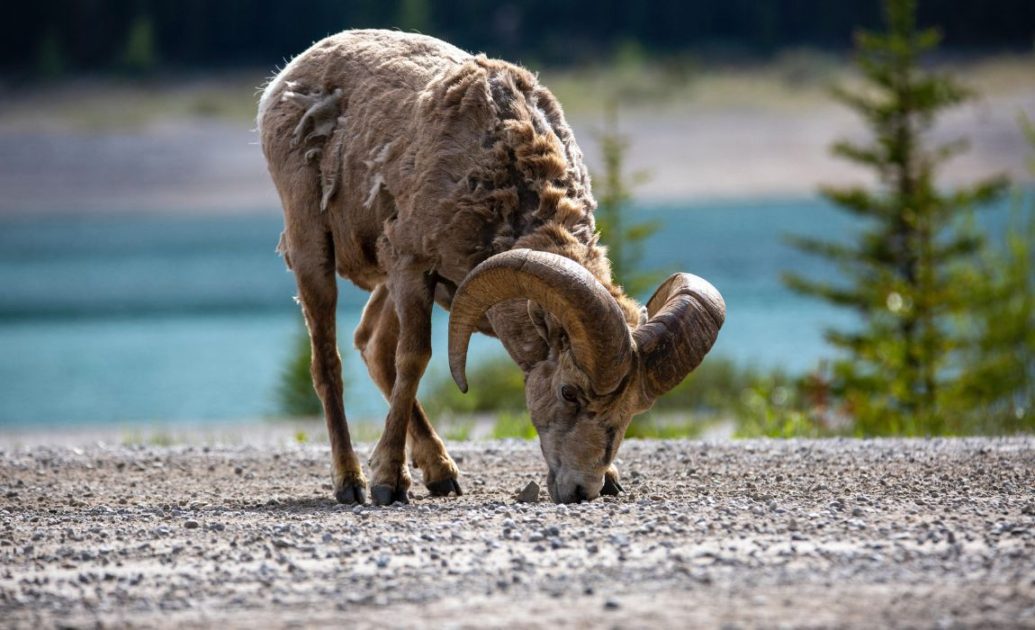
These impressive animals can be seen in the park’s high country, especially in the Lamar Valley and the northern part of the park. Bighorn sheep are well adapted to life in the mountains, with their tough hooves and thick fur helping them to navigate the rocky terrain. Seeing a bighorn sheep perched on a high cliff is a truly remarkable sight.
Pronghorn Antelope
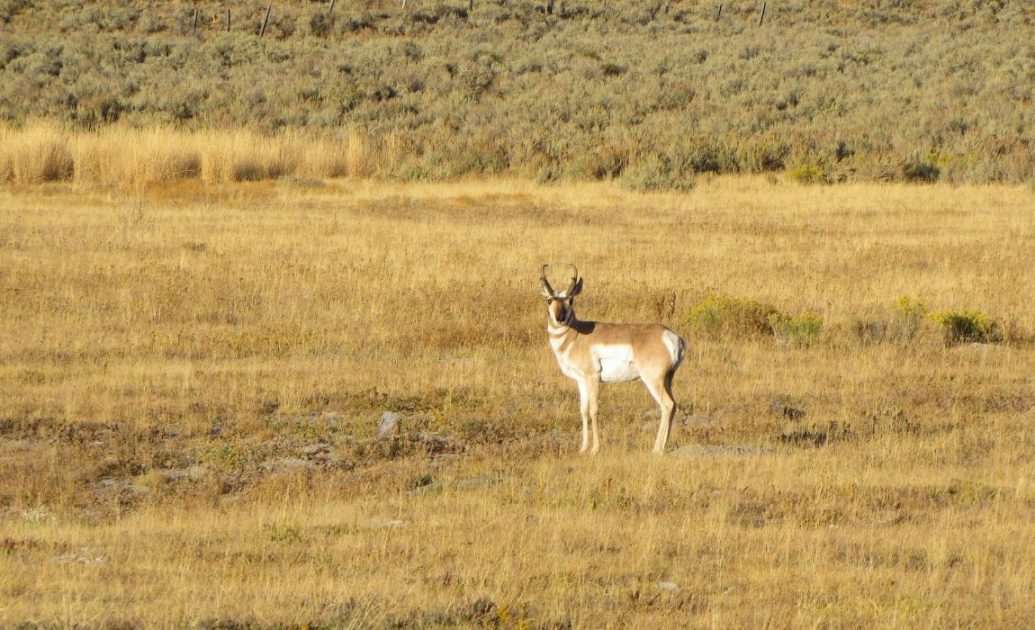
These swift and agile animals can be seen in many park areas, including the Lamar Valley and Hayden Valley. Pronghorn antelope are the fastest land animal in North America, and they can run at speeds of up to 60 miles per hour. Seeing them sprint across the landscape is a truly impressive sight.
Tips for Spotting Wildlife in Yellowstone
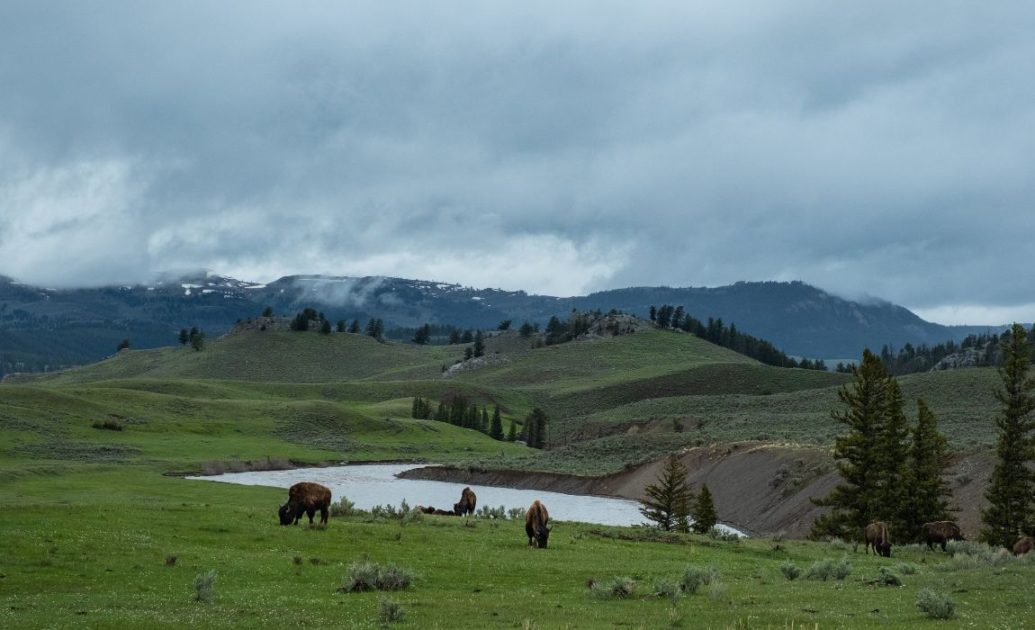
Seeing wildlife in Yellowstone National Park can be an unforgettable experience, but it can also be challenging. Here are some tips to increase your chances of spotting wildlife:
Time of day
Many animals are most active in the early morning or late afternoon, so it’s a good idea to plan your wildlife viewing activities accordingly. This means getting up early to catch the sunrise or staying out until sunset. By doing so, you may see animals that you wouldn’t have otherwise encountered.
Seasonal changes
Different animals may be more active or visible during other times of the year. For example, bears are most active in the spring and fall when looking for food to prepare for hibernation. Bison are more active in the summer when they graze on the park’s lush grasses.
Be patient
Wildlife viewing requires patience and persistence. Take your time and be willing to wait in a good viewing area for a while. Knowing what to look for can also help increase your chances of spotting wildlife. Keep an eye out for movement or unusual shapes in the landscape, and listen for sounds like rustling in the bushes or the calls of birds or other animals. Paying attention to your surroundings and being aware of environmental changes can help you spot animals that might otherwise go unnoticed.
Stay safe
Remember to always observe animals from a safe distance and to follow park regulations. Do not approach or feed animals; stay at least 100 yards away from bears and wolves.
Following these tips can increase your chances of spotting wildlife in Yellowstone and having a safe and enjoyable experience.
Wildlife Photography in Yellowstone
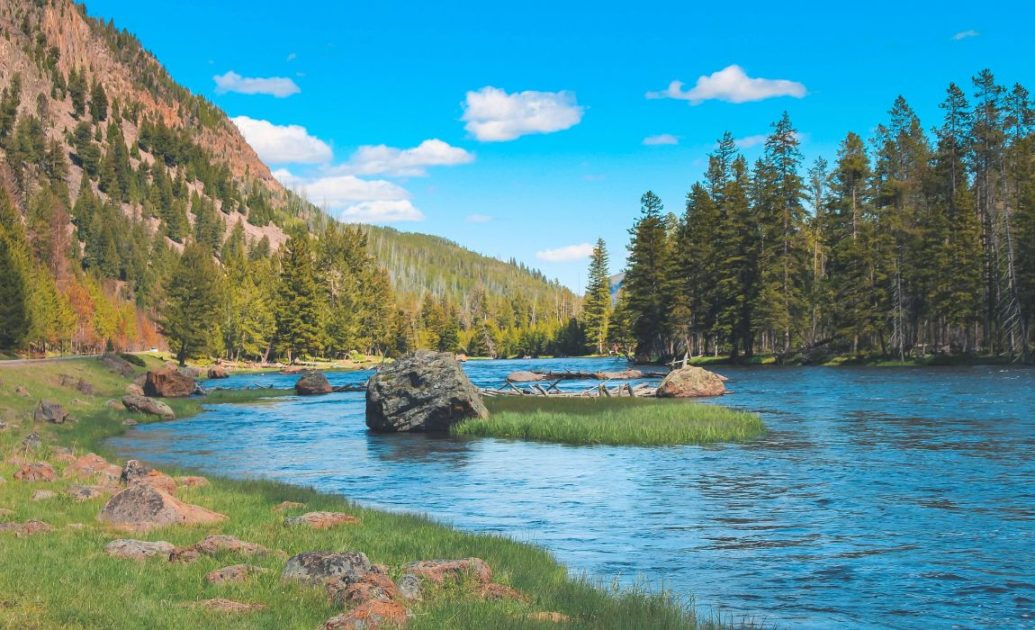
Yellowstone National Park is a photographer’s dream, with its stunning landscapes and incredible wildlife. Here are some tips for capturing fantastic wildlife photos in the park:
Equipment needed
A telephoto lens is essential for wildlife photography, as it lets you get close-up shots of animals from a safe distance. A sturdy tripod and a camera with fast autofocus can also be helpful.
Best times and places for wildlife photography
The early morning and late afternoon are the best times for wildlife photography, as animals are most active during these times. Some of the park’s best places for wildlife photography include Lamar Valley, Hayden Valley, and the Grand Canyon of Yellowstone.
Tips for capturing stunning wildlife photos
Patience is vital in wildlife photography. Take your time and wait for the right moment to capture the perfect shot. Try capturing animals in action or interesting poses to create dynamic and engaging photos. Remember to capture the animals in their natural environment to give context to your photos.
By following these tips, you can capture stunning wildlife photos in Yellowstone National Park that will be cherished memories for years to come. Just remember to always respect the animals and their natural behaviors and to follow park regulations for wildlife photography.
Wrapping up
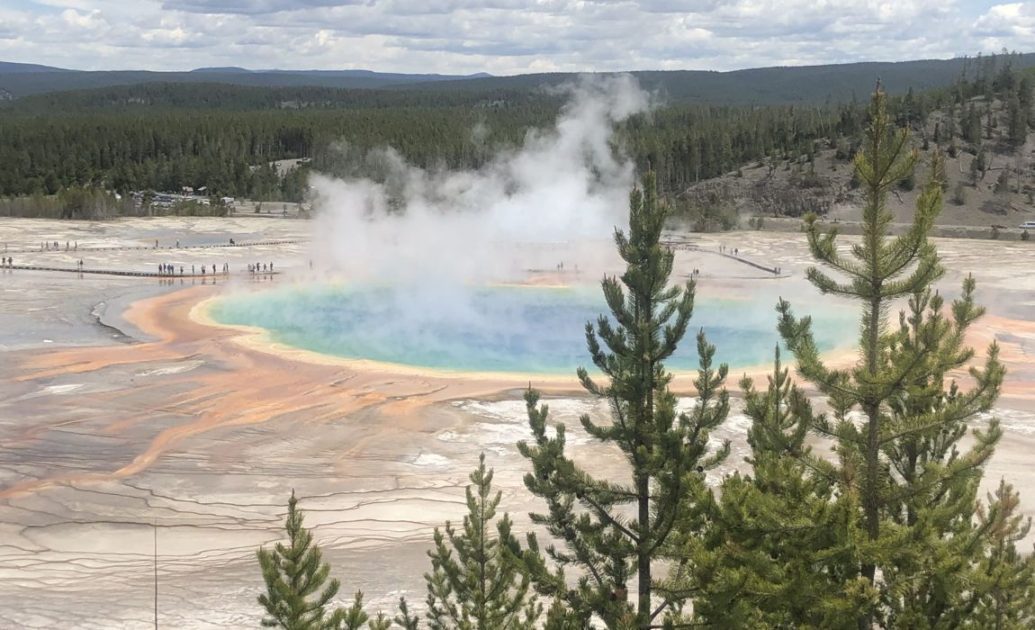
Yellowstone National Park is a unique and special place with incredible landscapes, geothermal features, and diverse wildlife. For nature lovers and wildlife enthusiasts, there’s no better destination to experience the beauty and power of nature.
In this guide, I’ve highlighted some of the best wildlife viewing spots in Yellowstone, provided a wildlife guide to help you identify and appreciate the animals you encounter, and shared tips for spotting wildlife and capturing stunning wildlife photos. You should also check out my Full Guide to Yellowstone National Park.
I hope this guide has inspired you to visit Yellowstone National Park and experience all this amazing destination has to offer. Whether you’re a first-time visitor or a seasoned park enthusiast, Yellowstone’s unforgettable wildlife encounters will indeed create memories that will last a lifetime.
This article may contain affiliate links. I receive a small commission when you purchase products or services through these links at absolutely no extra cost to you. This is a free way to support me and allow me to continue to create inspiring adventure travel guides. See my disclosure notice for more information.
